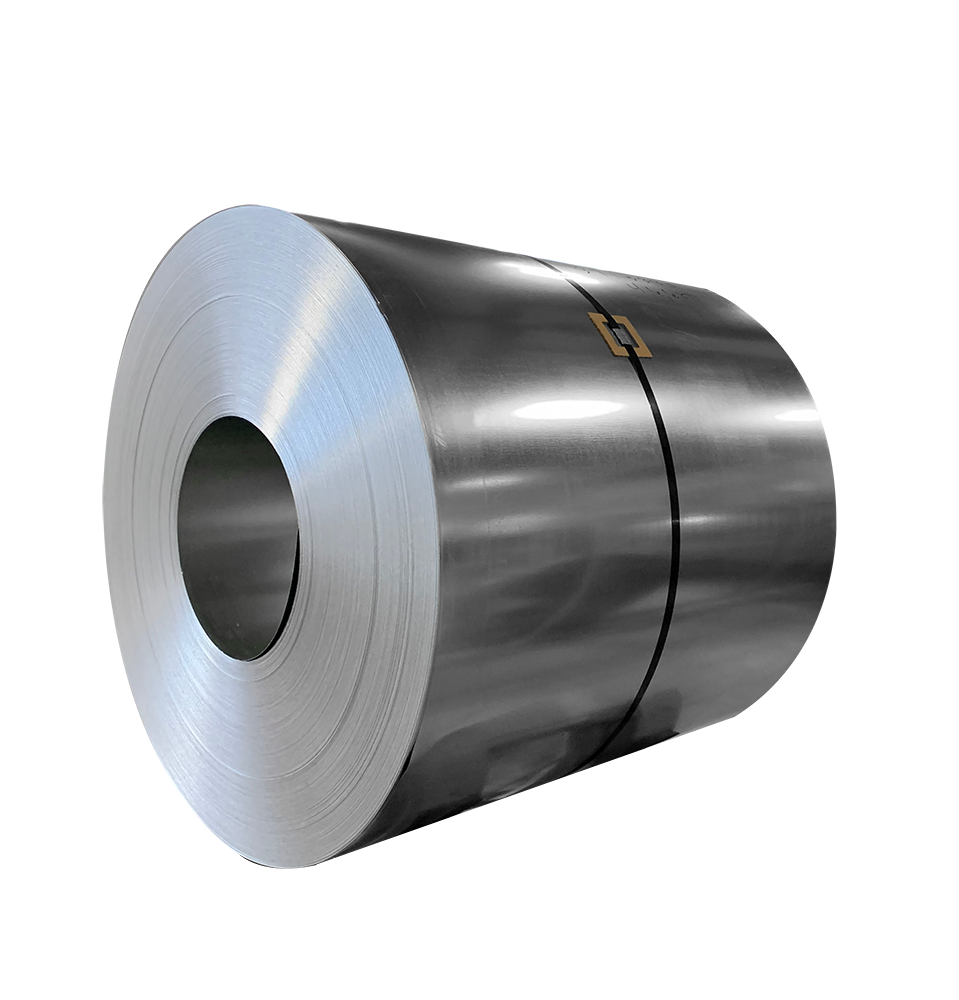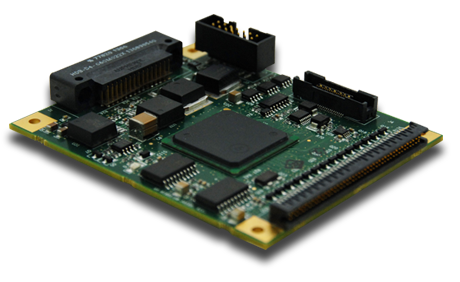Quarter 1, 2025



 Download PDF
Download PDF
Tariffs are an important factor that may influence HVAC pricing, and while there are potential challenges, there are also opportunities for adaptation and growth. Here's a positive outlook on how tariffs may impact HVAC costs:
Many HVAC components, such as compressors, coils, refrigerants, and copper, are sourced globally. With tariffs on these materials, manufacturers may look to expand domestic production, potentially reducing dependence on international suppliers. This could open up new opportunities for local manufacturers and support the U.S. economy.
While tariffs may cause delays or adjustments in the supply chain, businesses are becoming more resourceful in managing their logistics. Companies are innovating to find alternative sources or solutions to mitigate potential disruptions. This proactive approach strengthens supply chain resilience, ensuring that HVAC systems continue to be delivered efficiently to customers.
Higher costs for manufacturers due to tariffs may encourage companies to innovate in their processes, creating more efficient manufacturing techniques or exploring new, cost-effective materials. These innovations can lead to improved product quality and potentially lower prices over time as companies optimize their production methods.
While tariffs may result in some short-term price increases, they can ultimately encourage businesses to find ways to maintain profitability while delivering high-quality products. This focus on efficiency and sustainability in manufacturing can benefit both companies and consumers in the long run, contributing to the growth and stability of the HVAC industry.
Smaller HVAC businesses may face challenges due to tariffs, but they also have the flexibility to adapt quickly. Many small businesses are finding creative ways to navigate price changes, such as by offering more personalized service or focusing on specific product niches. This flexibility helps them stay competitive and continue to thrive.
With potential price increases, offering consumer financing options becomes even more valuable. This makes it easier for customers to invest in energy-efficient HVAC systems, helping them save money in the long term while supporting businesses with continued sales. Consumer financing provides an opportunity to build stronger relationships with customers.
While tariffs could lead to price fluctuations, businesses that strategically plan for potential changes can maintain pricing stability. By diversifying and adopting long-term purchasing strategies, businesses can provide more predictable pricing for their customers, helping to manage uncertainties.
Tariffs may affect some regions more than others, but this variability creates opportunities for businesses to tailor their offerings based on regional needs. Manufacturers relying more on domestic components may have a pricing advantage in certain markets, enabling them to deliver competitive pricing while supporting local economies.
 Looking Forward
Looking Forward
While tariffs may create short-term challenges in the HVAC industry, they also offer opportunities for innovation, strengthening domestic manufacturing, and offering new financial options for consumers. With strategic adaptation, the industry can continue to grow, providing high-quality products and services while supporting both businesses and consumers.